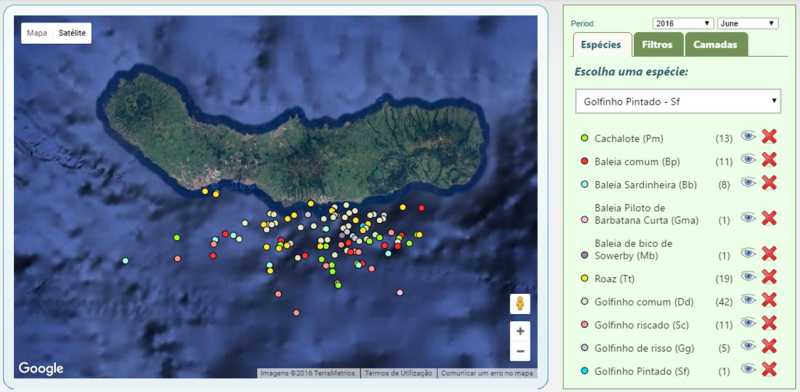
On the map above, we can see the spatial distribution of our sightings during the month of June along the South coast of São Miguel 🙂
[NOTE: To see the interactive map please visit http://www.monicet.net/en/maps]
We sighted 10 different species of Cetaceans and 1 species of marine turtles!
Of these, two species were Baleen Whales: Fin whales (Bp) and Sei whales (Bb);
Two were Toothed whales: Sperm whales (Pm) and Sowerby’s beaked whales (Mb);
Six species were Dolphins: Bottlenose dolphins (Tt), Risso’s dolphins (Gg), Striped dolphins (Sc), Short-finned pilot whales (Gma), Common dolphins (Dd) and Atlantic Spotted dolphins (Sf);
And, finally, one species of turtle: Loggerhead turtle (Cc).
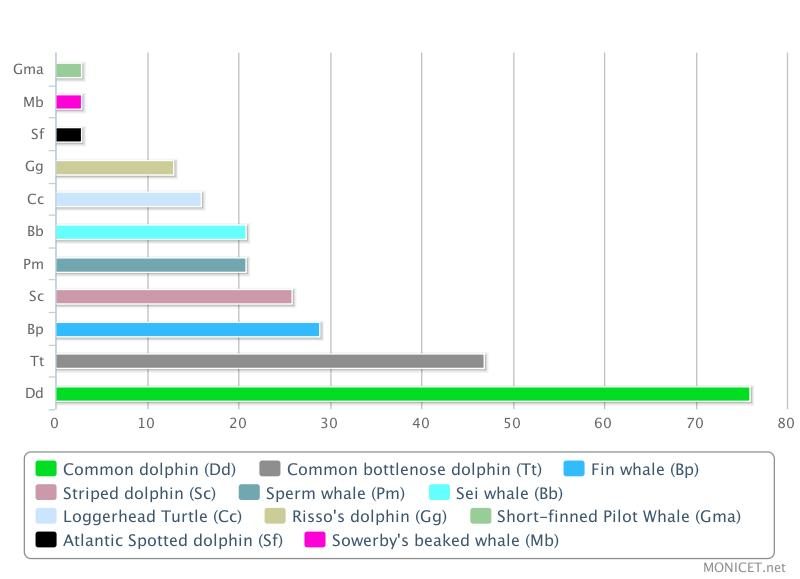
Sighted species – June
We saw the first Altantic Spotted Dolphins of the season!
This species occurs in the Azores from June to September.
They can reach 2.3 meters and weight up to 140 Kilos. They are born without spots, so the calves have a smooth grey coloration. The spots grow as they grow older, so the adults are fully spotted. Juveniles have a few black spots on the belly and white spots on the flanks.
Atlantic Spotted dolphins are known to approach boats and bowride them. And are also very acrobatic! They often breach and jump.
We love them so much that we even have a nickname for them: Spotties!! The first time we see them every year it’s like the feeling of meeting a friend that you haven’t seen a while. It’s always a very cheerful moment!
Also still around here are the Fin whales. These are the last days we will see them this season. They pass here in the Azores from mid – March to end of June. We might see them in July but the number of times that we see them is decreasing.
Baleen Whales (like Fin whales and Sei whales we saw this past month) come here to feed and to rest on their way further north to their summer feeding grounds in colder waters.
In the spring here, at the time they pass here, the “North Atlantic spring bloom” happens. The water temperatures and hours of daylight increase and it causes the phytoplankton to do so. And in its turn, the increase of phytoplankton causes an increase of the zooplankton and Krill, hence the feeding and resting Baleen Whales! 🙂
But summer is coming and so the Baleen Whale season is finishing… No worries still plenty of Sperm whales and Spotties!! And of course our other summer species like Short – finned Pilot Whales, and our other Resident Species!
Stay tuned for more updates on our tours! 🙂

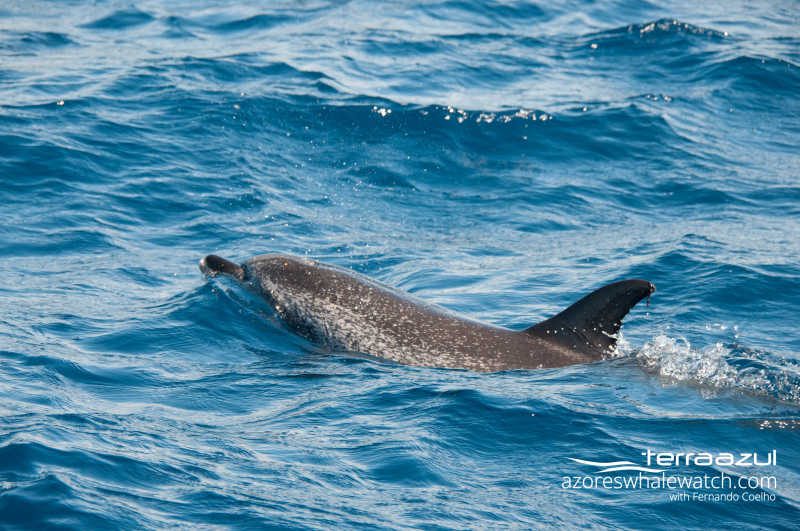











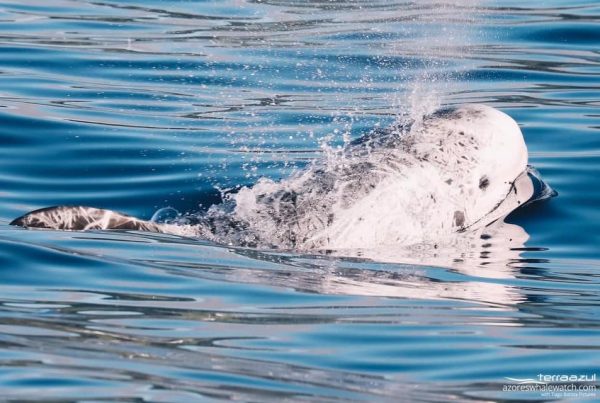
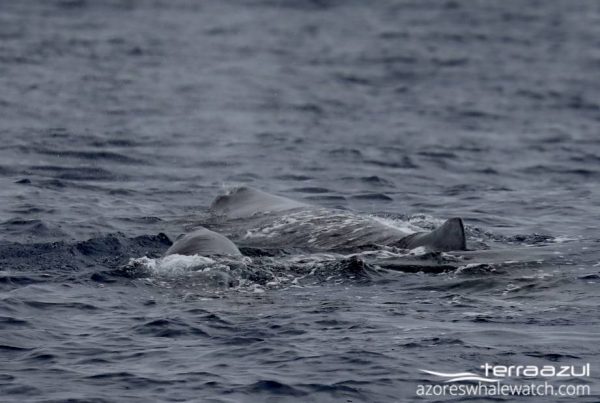
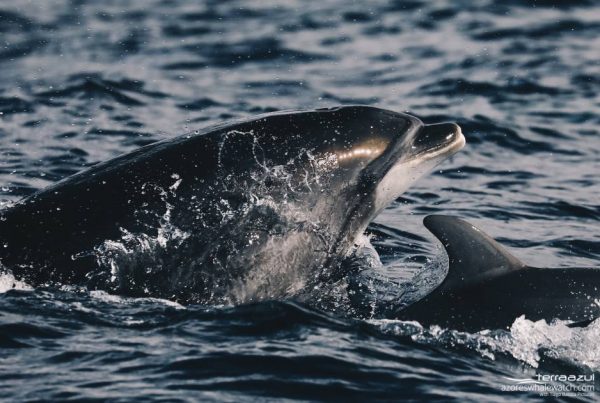



Your thoughts on this?